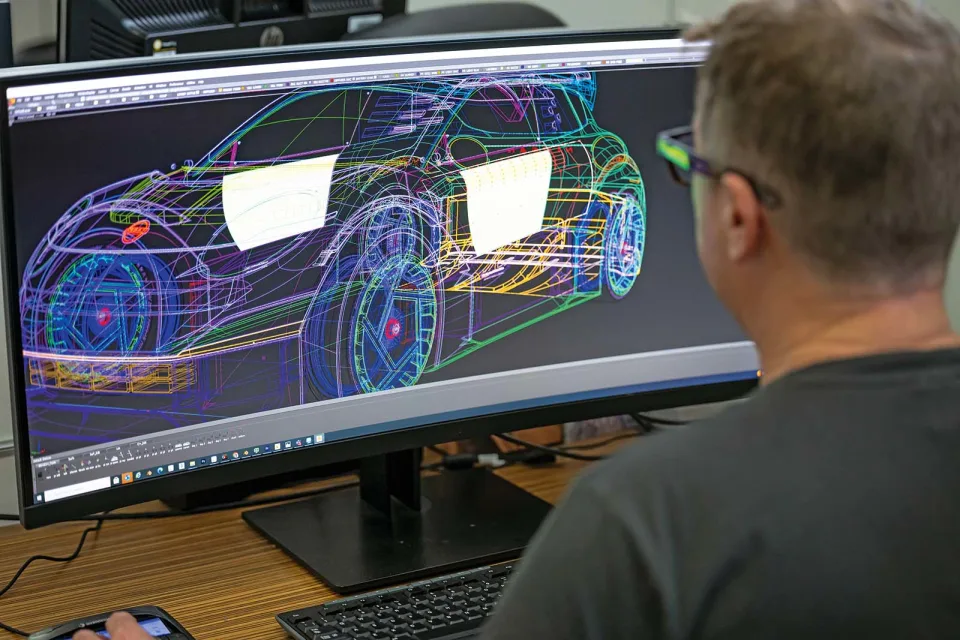The manufacturer that brought us the first mainstream electric cars could also be about to become the first to bring us the next big thing in EVs: a car with double the range for less money.
The secret lies in the much-talked-about solid-state battery technology, which, if it lives up to the hype, should yield batteries that are around half the size and weight yet deliver the same range as their conventional counterparts or, on the other hand, provide double the range for the same size of battery.
Nissan, which unveiled its game-changing Leaf in Yokohama back in 2009, this month showed off its new all-solid-state battery (ASSB) pilot production line, which is under construction at the Yokohama plant. The firm has also announced plans to have ASSB-equipped production EVs in a wide range of vehicle segments on the market by 2028.
The EV pioneer claims its ASSB technology will be a game-changer with the “potential” for around twice the energy density of today’s liquid-electrolyte batteries – in other words, as mentioned, half the size and weight for the same capacity of today’s equivalent.
History has shown that a manufacturer’s past achievements can offer some perspective on what we can expect them to be capable of in the future.
When Nissan revealed its new Leaf to the world’s press back in the day, including a small group of us from the UK, we were treated to a brief drive at the Zama plant test track in a domestic-model Nissan Tiida mule, underpinned by a Leaf powertrain, and given a detailed technical briefing that included cutaway models of the battery pack.
Engineers explained that they had been working on the battery technology in-house for 17 years prior to that. The pack we saw comprised 48 modules made up of cells roughly the size of an A4 envelope.
The name ‘solid state’ could just as well be ‘solid electrolyte’ because the main difference between a conventional lithium ion battery cell and a solid-state lithium ion cell is that the electrolyte is solid rather than a liquid.
Battery cells are simple enough in their construction, even if the chemistry isn’t. Each one contains a positive anode and negative cathode, which lithium ions move between via the electrolyte during charge and discharge. There’s also a separator to prevent the anode and cathode from touching.
In a solid-state battery, the solid electrolyte also serves as a separator, doing two jobs. The advantage is that the solid-state battery has a higher energy density but is also intrinsically safer, needing fewer add-on safety components.
The pilot line will produce prototype batteries and the manufacturing processes can be studied and refined. Nissan is already predicting that the battery cost can be reduced to £60 per kWh in 2028 and a little over £50 thereafter, putting the cost of manufacturing an EV roughly on a par with a petrol or diesel car.

